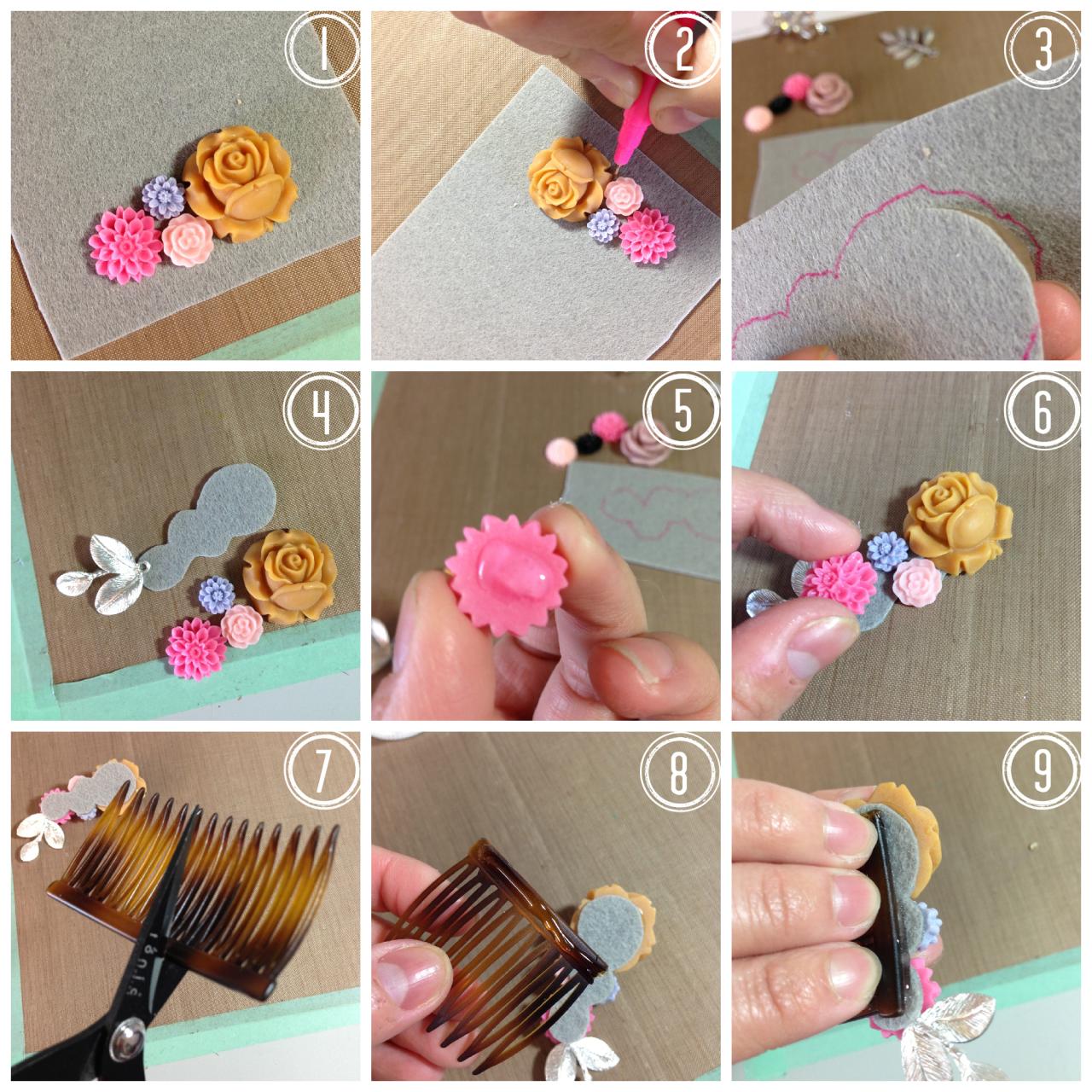DIY Wood: A Guide to Crafting with Wood, unlocks the world of woodworking, offering a journey from beginner-friendly projects to advanced techniques. Whether you’re seeking to create stunning home decor or build durable outdoor structures, this guide provides the essential tools, materials, and knowledge to embark on your woodworking adventure.
Woodworking, a timeless craft, offers a unique blend of creativity and practicality. From simple projects like building a birdhouse to intricate furniture pieces, woodworking allows you to transform wood into functional and beautiful creations. This guide explores the fundamental techniques, safety precautions, and project ideas that will empower you to bring your woodworking visions to life.
Woodworking for Outdoor Projects
Taking your woodworking skills outdoors opens up a world of possibilities for creating beautiful and functional structures. However, working with wood outside presents unique challenges that require careful planning and execution.
Challenges of Outdoor Woodworking
Outdoor projects face various challenges that indoor projects don’t. These include:
- Weather Conditions: Wood is susceptible to moisture, temperature fluctuations, and UV rays. These elements can cause warping, cracking, and rotting if not properly protected.
- Insect and Pest Damage: Termites, carpenter ants, and other pests can damage wood structures, especially in humid climates.
- Outdoor Storage: Storing lumber and tools outside can be difficult, requiring proper protection from the elements.
- Accessibility and Transportation: Moving large pieces of wood and tools to and from the project site can be challenging, especially if you don’t have a vehicle or access to a loading dock.
DIY Outdoor Structures
- Gazebos: Gazebos provide shade and shelter for outdoor gatherings. They can be built with a variety of wood types and styles, ranging from simple to elaborate.
- Sheds: Sheds offer storage space for tools, equipment, and other items. They can be built in various sizes and styles, with options for doors, windows, and ventilation.
- Playsets: Wooden playsets provide hours of entertainment for children. They can be built with swings, slides, climbing structures, and sandboxes.
- Fences: Fences provide privacy, security, and define property boundaries. They can be built with different wood types, styles, and heights.
Building a Wooden Deck or Patio
Building a wooden deck or patio requires careful planning and execution. The process typically involves the following steps:
- Design and Planning: Determine the size, shape, and location of the deck or patio. Consider the existing landscape, building codes, and personal preferences.
- Foundation and Framing: Construct a solid foundation to support the deck or patio. Use pressure-treated lumber for posts and beams, as they will be in contact with the ground.
- Decking Installation: Install the decking boards, ensuring they are level and securely attached to the framing. Consider using composite decking for durability and low maintenance.
- Railings and Finishing Touches: Add railings for safety and aesthetics. Finish the deck or patio with stain, paint, or sealant to protect the wood and enhance its appearance.
Sustainable Woodworking Practices: Diy Wood
Sustainable woodworking practices are essential for preserving our forests and ensuring the long-term availability of wood resources. By embracing these practices, we can create beautiful and functional woodworking projects while minimizing our impact on the environment.
Using Sustainable Wood Sources
Choosing sustainable wood sources is crucial for responsible woodworking. Sustainable wood comes from forests that are managed responsibly, ensuring that trees are harvested at a rate that allows for natural regeneration. Look for certifications like the Forest Stewardship Council (FSC) or the Sustainable Forestry Initiative (SFI), which guarantee that the wood comes from well-managed forests.
Recycling and Repurposing Wood
Recycling and repurposing wood are excellent ways to reduce waste and give new life to old materials. You can salvage wood from old furniture, pallets, or construction sites. This not only saves resources but also adds character and history to your woodworking projects.
Reducing Waste in Woodworking Projects, Diy wood
Minimizing waste is essential for sustainable woodworking. Here are some tips to reduce waste in your projects:
- Plan your projects carefully and make accurate measurements to avoid cutting excess wood.
- Use scrap wood for practice cuts and test fits.
- Consider using joinery techniques that minimize waste, such as dovetail joints or mortise and tenon joints.
- Store leftover wood for future projects or donate it to local woodworking schools or community centers.
Woodworking as a Business

Woodworking can be a fulfilling hobby, but it can also be a profitable business. If you have a passion for woodworking and a knack for creating beautiful and functional pieces, turning your craft into a business could be a rewarding endeavor.
Starting a Woodworking Business
Starting a woodworking business requires careful planning and execution. It involves understanding the market, establishing a brand, and ensuring financial stability. Here are the essential steps to consider:
- Develop a Business Plan: A well-structured business plan is crucial for outlining your business goals, target market, marketing strategy, financial projections, and operational plan. It serves as a roadmap for your business journey.
- Choose a Business Structure: Decide on the legal structure of your business, such as a sole proprietorship, partnership, LLC, or corporation. Each structure has different legal and tax implications, so choose the one that best suits your needs and circumstances.
- Obtain Necessary Permits and Licenses: Research and obtain all required permits and licenses from local and state authorities. These might include business licenses, zoning permits, and occupational licenses.
- Secure Funding: Determine your startup costs and funding requirements. Explore options like personal savings, loans, grants, or crowdfunding to secure the necessary capital.
- Set Up a Workspace: Establish a dedicated workspace for your woodworking activities. This could be a home workshop, a rented space, or a dedicated storefront.
- Source Materials and Tools: Identify reliable suppliers for wood, hardware, and other materials. Invest in quality tools and equipment that meet your production needs.
- Develop a Product Line: Define your product offerings, focusing on your strengths and the market demand. Consider creating a diverse range of products to cater to different customer preferences.
Marketing and Selling Woodworking Products
Once your woodworking business is established, you need to market your products effectively to attract customers and generate sales. Here are some key strategies:
- Build a Strong Online Presence: Create a professional website and social media profiles to showcase your work and connect with potential customers. Utilize platforms like Etsy, Shopify, and Amazon Handmade to expand your reach.
- Network and Participate in Events: Attend craft fairs, woodworking shows, and local events to connect with potential customers and promote your products. Networking with other artisans can lead to collaborations and referrals.
- Offer Excellent Customer Service: Provide prompt and personalized customer service to build trust and loyalty. Respond to inquiries promptly, address concerns effectively, and strive to exceed customer expectations.
- Promote Your Work: Utilize various marketing channels to spread the word about your woodworking business. This could include email marketing, content marketing, paid advertising, and social media campaigns.
Pricing Strategies
Pricing your woodworking products is essential for profitability. Consider factors like:
- Cost of Materials: Calculate the cost of wood, hardware, and other materials used in your products.
- Labor Costs: Factor in your time and labor involved in creating each piece.
- Overhead Costs: Include expenses such as rent, utilities, insurance, and marketing.
- Profit Margin: Determine a reasonable profit margin that ensures your business remains sustainable.
Examples of Successful Woodworking Businesses
Several woodworking businesses have achieved success by focusing on quality craftsmanship, unique designs, and effective marketing strategies.
“The key to success in woodworking is to find your niche and focus on what you do best. Whether you specialize in custom furniture, handcrafted toys, or decorative items, there’s a market for your skills.” – John, a successful woodworker with over 20 years of experience.
- Etsy Shops: Many woodworkers have found success selling their creations on Etsy, a platform dedicated to handmade and vintage goods. Etsy offers a built-in audience and tools for marketing and selling.
- Local Craft Fairs: Participating in local craft fairs and farmers’ markets can provide direct access to customers and generate valuable word-of-mouth referrals.
- Online Marketplaces: Platforms like Shopify and Amazon Handmade allow woodworkers to create online stores and reach a broader audience.
Closing Notes
As you delve into the world of DIY wood, remember that the journey is as rewarding as the finished product. Embrace the learning process, experiment with different techniques, and let your creativity flourish. With patience, practice, and a touch of inspiration, you’ll discover the joy of crafting with wood and creating lasting pieces that reflect your unique style and skill.
DIY wood projects are a great way to personalize your home and add a touch of rustic charm. If you’re looking for a fun and unique project, consider building a DIY donut wall. It’s a great way to display donuts at your next party, and it’s surprisingly easy to make with some basic woodworking skills.
You can even paint or stain the wood to match your decor.




